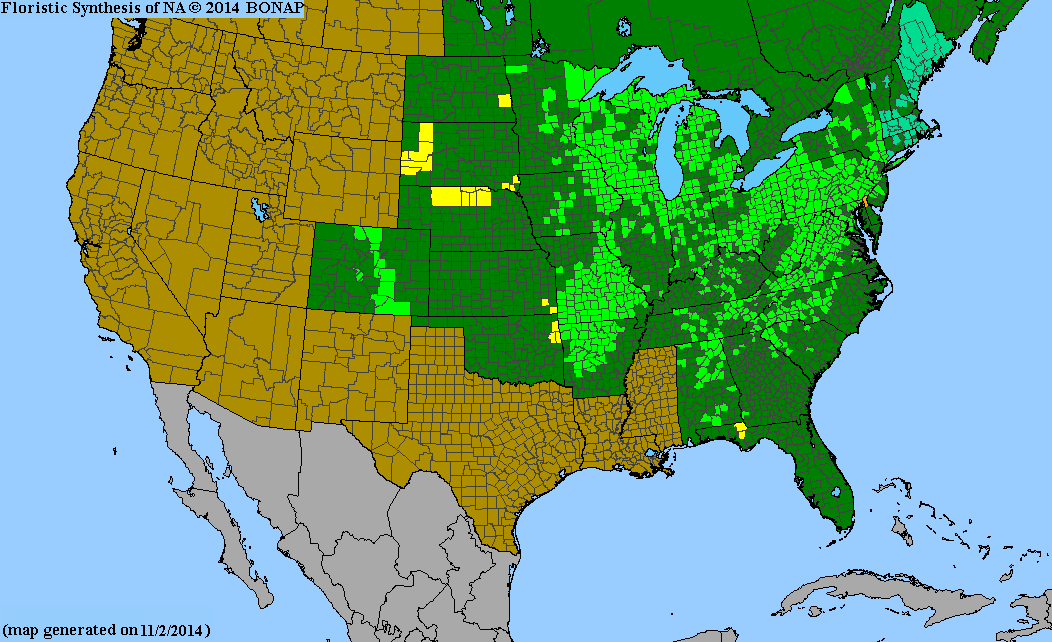Rosaceae
Atlantic ninebark
Physocarpus opulifolius
Other Common Names
common ninebark, eastern ninebark
Plant Type
Shrub (less than 10 ft)
Life Cycle
Perennial
Typical Size
5-8 ft. tall
4-6 ft. wide
Tolerant of
Occasional Flooding
Inolerant of
Dry Soil
Propagation
By seed, By cutting
Plant Propagation Notes
Seeds require no special treatment. Propagate from semi-hardwood cuttings.
Plant Planting Notes
Provide 6′ spacing.
Plants/Diseases
May experience fireblight, powdery mildew, and leaf spot.
Wildlife Benefits
Nectar/pollen source for pollinating insects, Fruit/seeds for birds
Leaves
Leaves alternate. Blades ovate to obovate, usually longer than wide. Leaf margins irregularly serrate.
Flowers
Small white to pinkish flowers in clustered into a corymb.
Fruit
Red-burgundy capsules that form late summer to early fall.
Toxicity
No known toxicity.

USDA Hardiness Zones
3, 4, 5, 6, 7, 8
Light Exposure
Full Sun, Part Sun/Shade
Soil Moisture
Medium
Soil Drainage
Well-drained
Soil pH
Neutral (6.0-8.0)
Native in South Carolina?
Yes
Plant Native Habitat
Stream banks, riverside thickets, rock outcrops, fens, and seepage swamps particularly over calcareous rock.
Global Conservation Status (NatureServe)
Secure (G5)
Federal Conservation Status (USFWS)
Not Listed
Distribution Notes
Common in the Mountains. Uncommon elsewhere.



